|
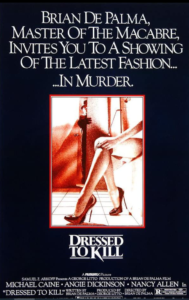
Synopsis:
A sexually frustrated housewife (Angie Dickinson) who has just met with her psychiatrist (Michael Caine) is seduced by a man (Ken Baker) she meets at a museum, then brutally murdered in the elevator as she’s leaving his apartment. A call girl (Nancy Allen) who briefly witnessed Dickinson’s bloodied body is harassed by a detective (Dennis Franz) who considers her a prime suspect, so Allen — who is now herself being pursued by the mysterious killer — enlists the help of Dickinson’s grieving son (Keith Gordon) in determining which of Caine’s clients may have been responsible for the murder.
|
|
Genres, Themes, Actors, and Directors:
- Amateur Sleuths
- Angie Dickinson Films
- Brian De Palma Films
- Gender Bending
- Horror Films
- Michael Caine Films
- Murder Mystery
- Nancy Allen Films
- Prostitutes and Gigolos
Response to Peary’s Review:
Peary writes that “almost every character in Brian De Palma’s erotic thriller has a split personality”, with “the person on the outside… not like the person on the inside.” He notes that he thinks “this is De Palma’s best film, one in which [he doesn’t] mind being manipulated” given that “watching De Palma at work turns out to be a lot of fun.” Peary points out that “De Palma does everything with an audience in mind; there’s a great deal of titillation, subtlety, and shocks;” in addition, the “characters are all offbeat and have senses of humor, and all have energy”. He writes that the “dialogue is sharp, but [the] film’s best scenes are visual, relying on editing or a mobile camera, as is the long Hitchcock-like sequence in the museum.”

He concedes that “De Palma does, as usual, borrow from Hitchcock, stylistically and thematically” and “even has two scenes with women in the shower”. [As Richard Scheib of Moria puts it so bluntly in his review, “Dressed to Kill is Brian De Palma’s homage to Psycho. It is clear and obvious and there is no doubt about it.”] Peary adds that “typical of De Palma, the violence is strong, and there’s a dirty-trick ending,” and he points out that De Palma makes “good use of New York locales”. What Peary fails to mention is the highly questionable use of a “troubled transvestite” as the killer; click here to read a recent analysis of the film from that standpoint (but be forewarned that spoilers abound). And click here to read an even more forthright denouncement of the film, written to the movie itself rather than to De Palma.
Most memorable-while-darkly-amusing scene: Dickinson casually riffling through her new lover’s drawers and finding documentation of something truly horrific.
Redeeming Qualities and Moments:
- Nancy Allen as Liz
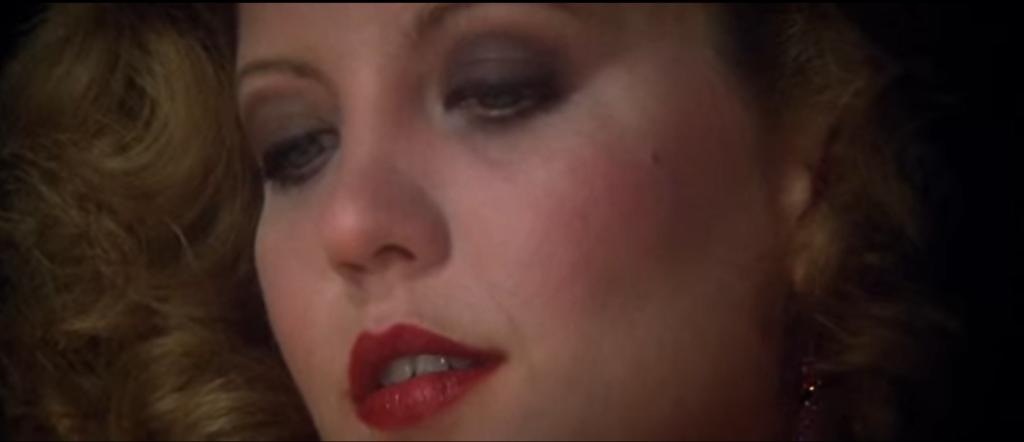
- Angie Dickinson as Kate
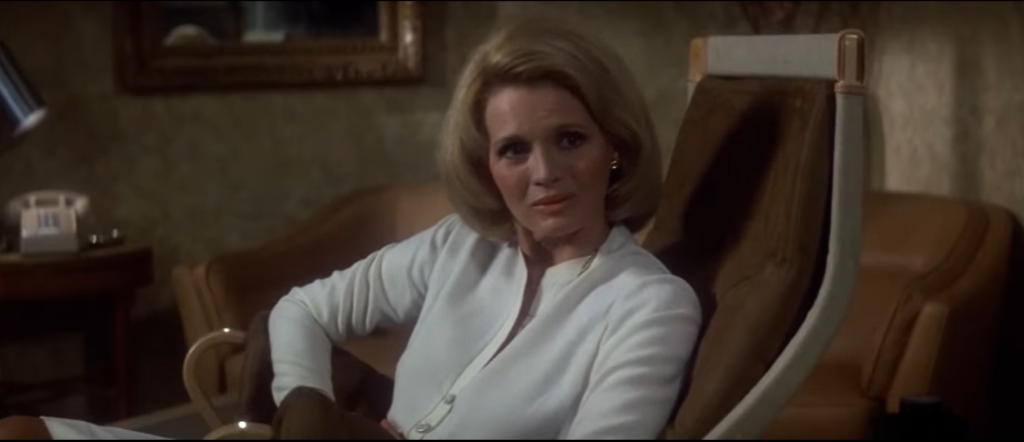
- Michael Caine as Dr. Elliott
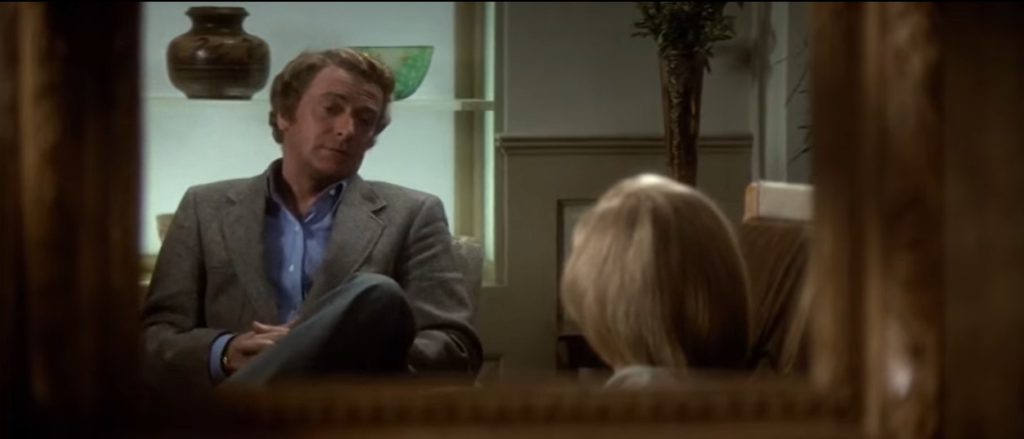
- Keith Gordon as Peter

- The spectacularly filmed “museum sequence”
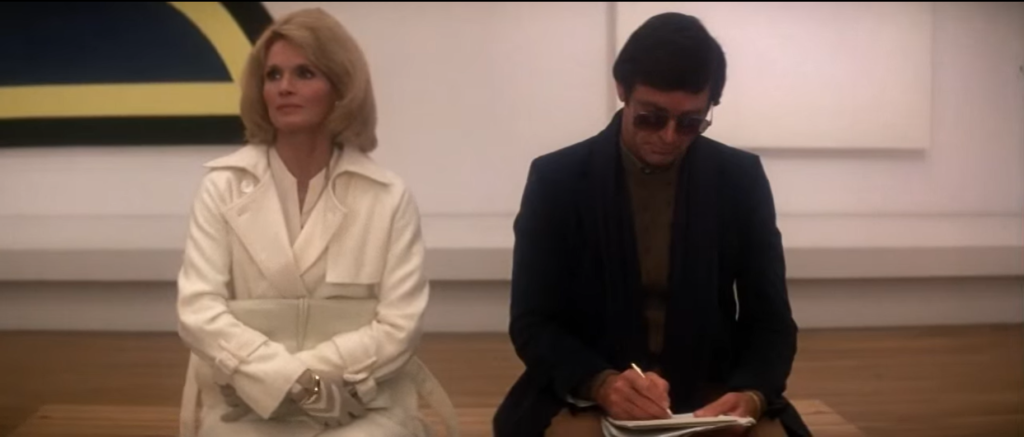
- Clever, atmospheric cinematography
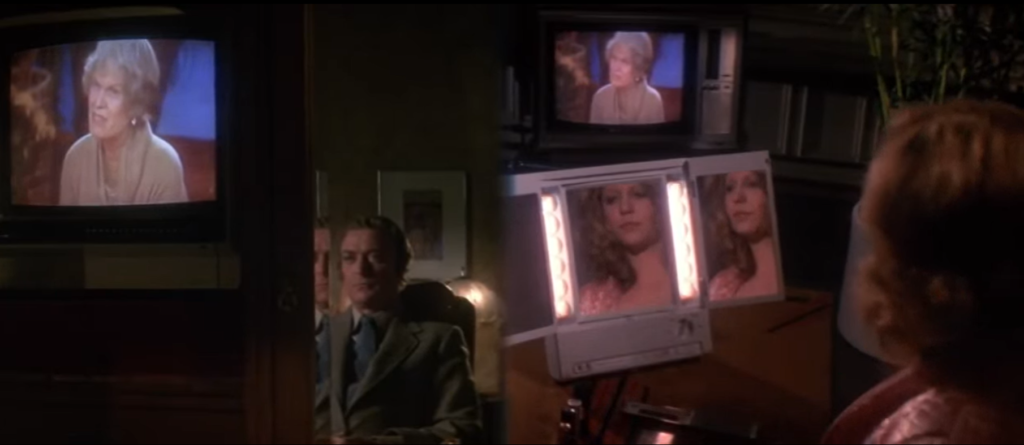
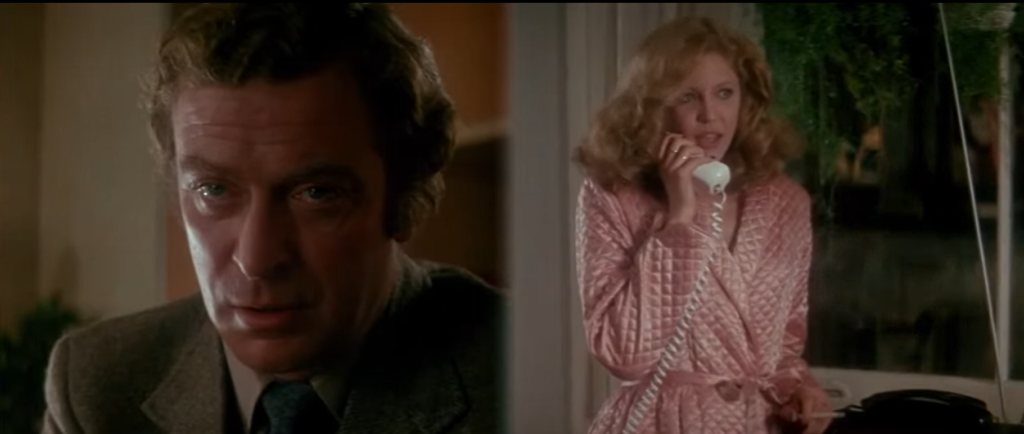
- Many freaky moments
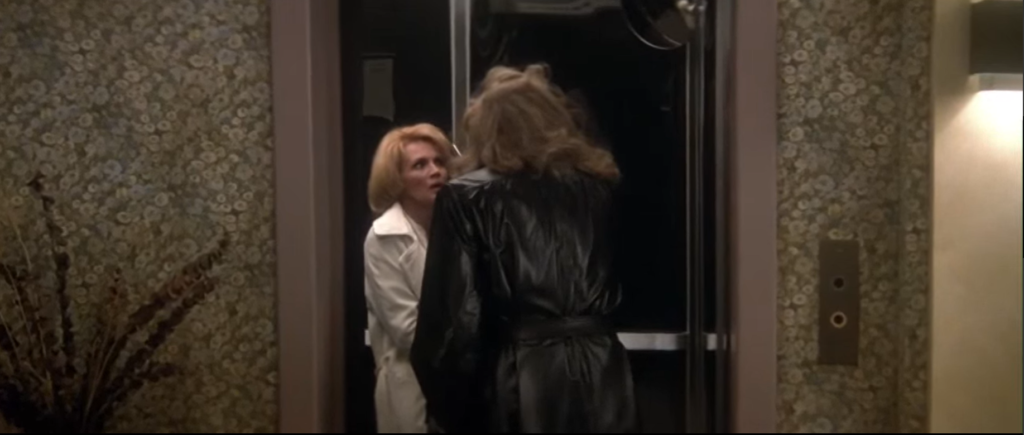
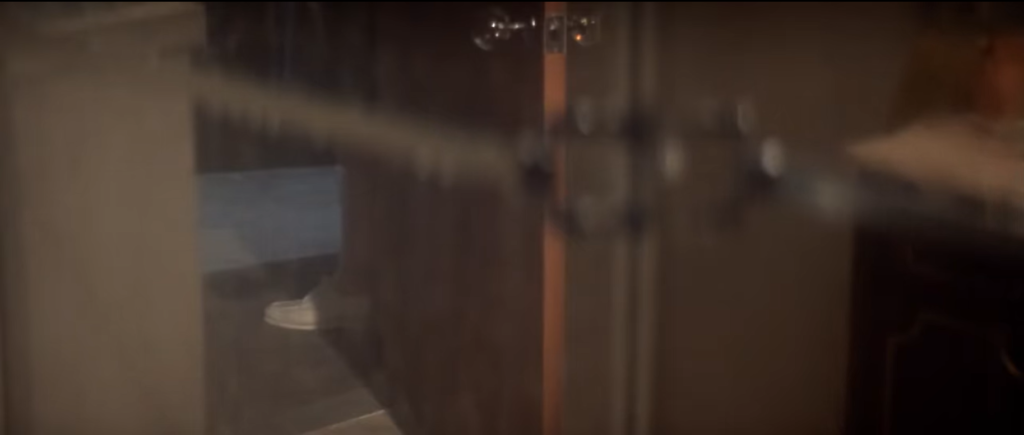
- Pino Donaggio’s score
Must See?
Yes, once, for the masterful direction.
Categories
Links:
|











2 thoughts on “Dressed to Kill (1980)”
⭐️⭐️⭐️1/2 out of ⭐️⭐️⭐️⭐️
De Palma’s exceptional tribute to Psycho (1960) stands as a riveting film in it’s own right with a wonderfully drawn set of characters. Allen gets her best role for De Palma here and she and Keith Gordon make a great team.
Highly controversial in its day despite being well regarded by the critics. As such it’s one of the few De Palma films to be must viewing for FFs in my view.
I wasn’t quite sure how to put this – but here goes…
Generally speaking, to denote something as ‘must-see’ is to identify the overall quality of a film as something worthy of/valuable for mandatory viewing (esp. by film fanatics). That could be the whole film – or sometimes even an aspect of a film that somehow makes the whole film worth it. (Of course, such a decision is always ‘one person’s opinion’ but serious ffs try to be informed sources.)
There are films that are exceptions. I think that’s because ffs – more often than not – have an eclectic taste and leave themselves (at least) open to styles that are surprising or instructive about storytelling.
That’s where De Palma comes in – and particularly this film.
If I call it a once-must, it’s because of what it *does* – which the average film doesn’t do. Largely because of its production value – and due to an unreliable director who has set out to purposely mess with you as a viewer – ‘DTK’ is extremely slick, effective, manipulative hogwash. 😉
As a viewer, De Palma does not honor whatever ‘faith’ you give him as a storyteller. He just wants the effect of whatever he does. It’s instructive to watch how he does that. But, along the way, you are misled while simultaneously being handed a storyline that is ludicrous (and sloppy in the telling).
Even though details of the plot were heavily influenced by ‘Psycho’* (so, in a sense, De Palma was simply aping his way through), it wasn’t until 2016 (acc. to Wikipedia) that the director acknowledged the extent of his naive drive: “I don’t know what the transgender community would think [of the film now]…. Obviously I realize that it’s not good for their image to be transgender and also be a psychopathic murderer. But I think that [perception] passes with time. We’re in a different time.” He added that he was “glad” that the film had become “a favorite of the gay community,” which he attributed to its “flamboyance”.
Yes, ‘DTK’ can come off as particularly amusing to gay viewers: i.e., it’s amusing thinking of Caine in that particular drag outfit (though the actor otherwise acquits himself nicely). As for Allen, she’s not terribly convincing as a high-price call girl (it’s difficult and odd picturing her in a “hot lunch” situation). But the best goes to Dickinson, writing her sex-related notes in her date book: “Egg nog… nuts… pick up turkey!”… topped off with the medical info she later reads which – uncharacteristically for a med note – ends with an EXCLAMATION POINT! 😉 … Etc.
Bottom line: ffs should probably see it. Though more as a unique jaw-dropper than anything else.
* It seems De Palma was also inspired by a 1965 episode of ‘The Alfred Hitchcock Hour’ titled ‘An Unlocked Window’ (which uses the ‘nurse motif’).